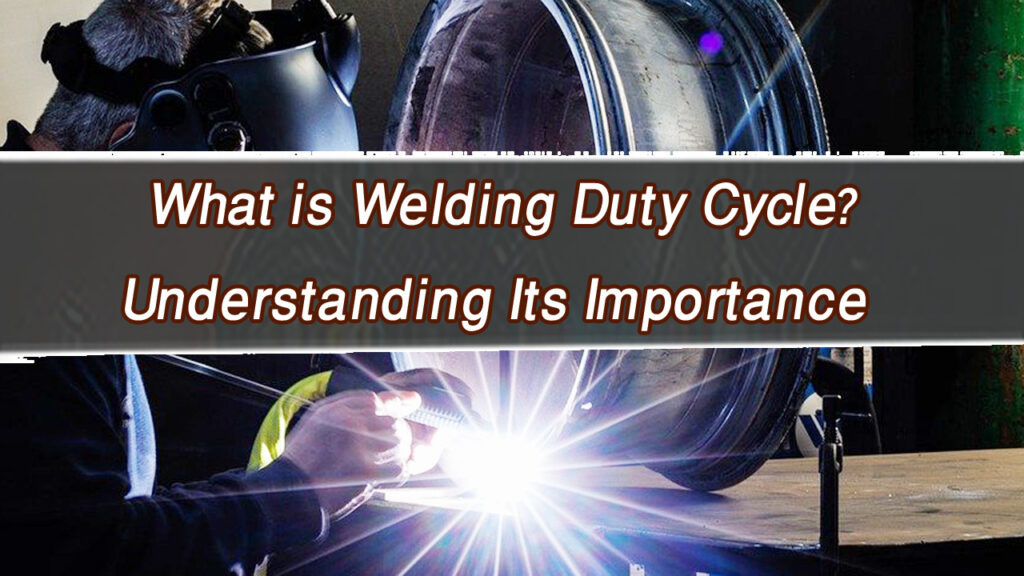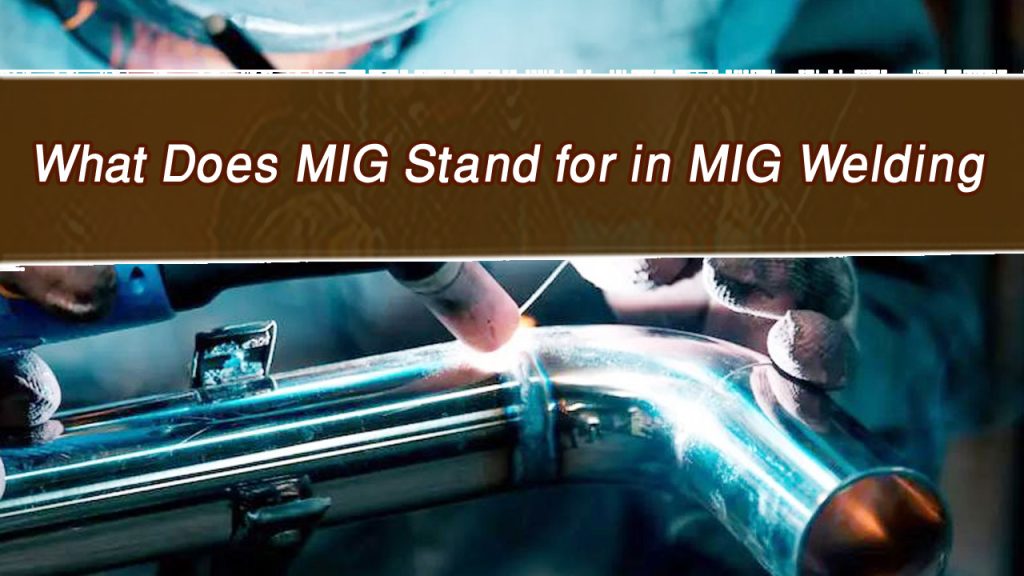When I first started working with metal, I had a lot of questions about joining different materials. One of the biggest ones was whether you could braze aluminum with bronze.
If you’re wondering the same thing, you’re not alone. It’s a topic that comes up often, especially when working with repairs, fabrications, or mixed-metal projects.

Image by reddit
Brazing is a fantastic way to join metals without melting the base material, and it’s often used when welding isn’t an option. But when it comes to aluminum and bronze, things get tricky. These two metals have very different properties, and not all brazing methods work for them.
So, let’s dive into whether you can braze aluminum with bronze, how the process works, and what alternatives you might consider.
Understanding Aluminum and Bronze
Before getting into brazing, it’s important to understand what makes aluminum and bronze unique.
Aluminum is a lightweight, corrosion-resistant metal widely used in industries like aerospace, automotive, and construction. It has a relatively low melting point (around 1,221°F or 660°C) and forms an oxide layer that makes bonding tricky.
Bronze is an alloy primarily made of copper and tin, known for its strength, durability, and resistance to corrosion. Its melting point is much higher than aluminum, ranging from 1,742°F to 1,910°F (950°C to 1,050°C) depending on the composition.
These differences mean that joining aluminum and bronze isn’t as simple as applying heat and filler metal. You need the right technique and materials to make it work.
Can You Braze Aluminum with Bronze?
The short answer is no, traditional brazing methods do not work well for aluminum and bronze. The reason is that aluminum and bronze have vastly different melting points and metallurgical properties.
However, that doesn’t mean it’s impossible. There are specialized brazing techniques and filler metals that can help create a strong bond. The key is choosing the right brazing alloy and flux while carefully controlling heat to prevent damage to the aluminum.
Challenges of Brazing Aluminum with Bronze
Here are some key challenges you’ll face when trying to braze these two metals together:
Melting Point Differences
Aluminum melts at a much lower temperature than bronze, which means applying too much heat can damage or warp the aluminum before the bronze even starts to bond.
Aluminum Oxide Layer
Aluminum naturally forms an oxide layer that prevents proper adhesion. This layer must be removed or disrupted for the brazing filler to bond correctly.
Compatibility Issues
Aluminum and bronze don’t naturally form a strong metallurgical bond. Special filler metals are needed to bridge the gap and create a durable joint.
How to Braze Aluminum with Bronze
If you need to join aluminum and bronze, here are the steps to follow:
Choose the Right Filler Metal
Standard bronze brazing rods won’t work on aluminum. Instead, you’ll need a filler alloy designed to bond with both materials. Some common options include:
- Aluminum-silicon brazing alloys (like AlSi12)
- Zinc-aluminum-based brazing rods
- Nickel-based fillers for high-strength applications
These fillers help create a bond without needing excessive heat that could damage the aluminum.
Use the Proper Flux
Since aluminum forms a strong oxide layer, a special flux is required to clean the surface and allow bonding. Some commonly used fluxes include:
- Fluoride-based flux (for aluminum brazing)
- Zinc chloride-based flux (for mixed metals)
Make sure to use a flux that is specifically designed for both aluminum and bronze.
Clean the Metal Surfaces
Both aluminum and bronze must be completely clean before brazing. Use:
- A stainless steel brush to remove oxidation from aluminum
- Acetone or alcohol to degrease the surfaces
- Light sanding to create a better bonding surface
Control the Heat
Since aluminum melts quickly, indirect heating is the best approach. Use a propane or oxy-acetylene torch and focus on heating the bronze first, allowing the heat to transfer gradually to the aluminum.
Applying too much direct heat to aluminum can cause warping or burn-through, so be cautious.
Apply the Filler Metal
Once the metals are properly heated, introduce the filler metal. Let it flow into the joint by capillary action rather than forcing it.
Avoid overheating, as this can cause poor bonding or damage the aluminum.
Cool and Clean the Joint
Let the joint cool naturally—don’t quench it with water. Once cooled, clean off any remaining flux with warm water or a wire brush.
Alternatives to Brazing Aluminum with Bronze
If brazing isn’t working for your application, there are alternative ways to join aluminum and bronze:
| Method | Pros | Cons |
|---|---|---|
| Adhesive Bonding | No heat required, corrosion-resistant | Not as strong as brazing or welding |
| Mechanical Fastening | Simple, no risk of metal damage | Requires drilling holes or extra hardware |
| Friction Stir Welding | Very strong bond, no filler needed | Expensive and requires special equipment |
| Electron Beam Welding | Precise and strong bond | High-cost, limited accessibility |
If your project allows, adhesive bonding with industrial epoxy is often a great alternative. It provides a strong, waterproof seal without the risk of damaging aluminum.
Is Brazing Aluminum with Bronze Worth It?
In most cases, brazing aluminum with bronze is not the best option. While it’s technically possible, the difficulty of the process and the risk of failure make it impractical for many applications.
If you need a strong bond, consider welding, adhesives, or mechanical fasteners instead. However, if brazing is the only option, make sure you use the correct filler metal, flux, and heating method to get the best results.
Conclusion
Brazing aluminum with bronze is challenging but possible with the right materials and techniques. Due to their different melting points and properties, you’ll need a specialized filler alloy and flux to create a strong bond.
While brazing is an option, it’s often better to consider welding, adhesives, or fasteners depending on the project. If you do attempt brazing, make sure to control the heat carefully and prepare the surfaces properly to increase the chances of success.
If you’ve ever tried brazing aluminum with bronze, you know it’s not the easiest task—but with patience and the right approach, it can be done!
FAQs
Can you use a regular bronze brazing rod on aluminum?
No, standard bronze brazing rods do not bond well with aluminum. You need a special aluminum-compatible filler.
What is the best filler metal for brazing aluminum to bronze?
Aluminum-silicon or zinc-aluminum brazing rods work best for joining aluminum and bronze.
Is brazing stronger than welding for aluminum and bronze?
No, welding generally creates a stronger bond. Brazing is useful for low-temperature applications or when welding isn’t an option.
Can I use flux-core brazing rods for aluminum and bronze?
Only if they are specifically designed for mixed-metal applications. Standard flux-core rods won’t work.
What’s the easiest way to join aluminum and bronze?
Adhesive bonding with a strong metal epoxy is often the simplest and most reliable method for joining these metals.

Endow Russel the owner chief editor of giftendow.com . I am a mechanical engineer and assign to an local firm with much experience in welding and industrial equipment.

